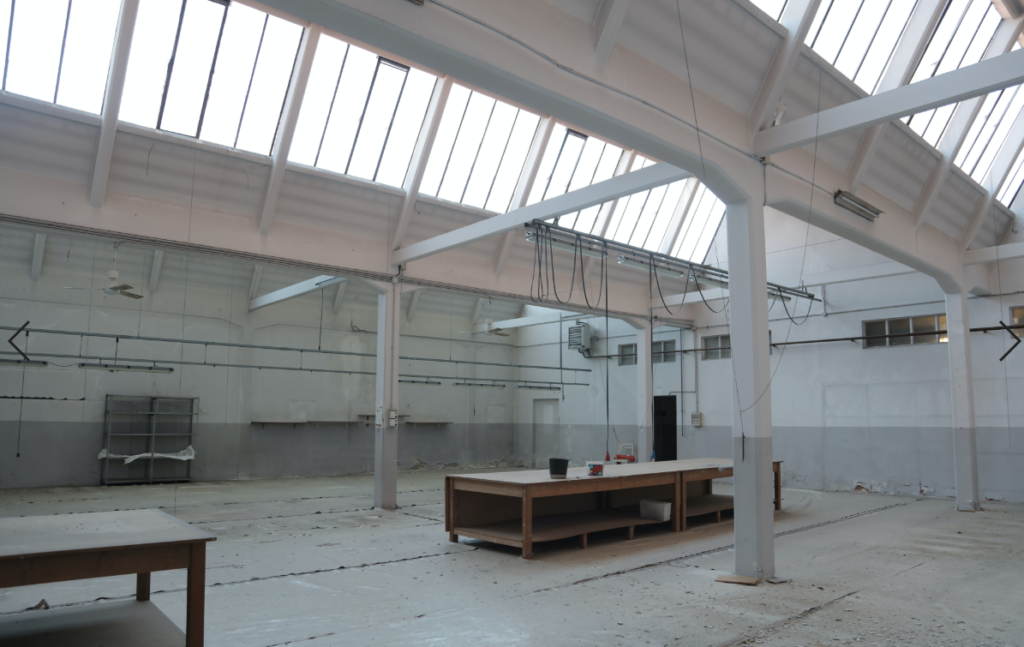There are several instances in the Building Code where an assembly is required to have a fire resistance rating, but is not required to be constructed as a fire separation. What does this mean for the protection of the assembly? Are there reasons to exceed the minimum requirement in these instances?
Background
First off, it is important to understand the difference between a fire separation and a fire resistance rating.
The Building Code defines a fire separation (FS) as “a construction assembly that acts as a barrier against the spread of fire.” In this application, “fire” includes all products of combustion including flame, heat, and smoke.
The Building Code defines a fire resistance rating (FRR) as “the time … that a material or assembly will withstand the passage of flame and the transmission of heat when exposed to fire…”
Effectively, the FS is the continuity of the protection of the assembly and the FRR is the quantitative duration of protection of that assembly. As noted, a fire separation should be a continuous barrier. This means that any openings or penetrations should be protected by means of fire stopping, dampers, fire-rated window and doors, or other closures.
There are some instances in the Building Code where an assembly is required to be constructed as a FS but is not required to have a FRR. This means that the assembly should be constructed to protect the assembly from the passage of fire or smoke, but the assembly is not required to have a quantitative duration of protection. The Building Code provides some further explanation in the Notes (Figure 1 below).

There are also instances in the Building Code where an assembly is required to have a FRR, but is not required to be constructed as an FS. This is where the Building Code is not entirely clear on the requirements, and interpretations can vary.
Where Does This Occur?
The most common location of an assembly required to have a FRR but not be constructed as a FS is a mezzanine or roof assembly when required by the 3.2.2. classification (see Figure 2 below). Both the mezzanine floor and/or roof assembly, and the supporting structure (load-bearing walls, columns, arches, etc) are required to have a specified FRR, but neither is required to be constructed as a FS.

Another instance where structures are required to have an FRR, but not be constructed as an FS, is floor assemblies within multi-storey dwelling units (see Figure 3 below).

Why Not a Fire Separation?
Consider a mezzanine that is not required to terminate at a vertical FS. Even if the mezzanine was constructed as a FS, by nature of a floor space open to below, the assembly and its occupants may be exposed from multiple directions to a potential fire or smoke originating in the floor space that the mezzanine is located within. In instances where the structure is still required to be provided with an FRR, the intent is that the structure will remain in place for sufficient amount of time for occupants to egress.

What To Do About Penetrations?
Subsection 3.1.9. provides requirements for penetrations through a fire separation, or a membrane forming part of an assembly required to have a fire resistance rating. Part of the intent of these requirements is to “limit the probability that fire will spread into the fire-rated assembly through the protecting membrane, which could lead to the premature collapse or failure of the assembly, which could lead to harm to persons”.
Consider the implications of a wood-framed mezzanine floor structure that is not provided with protected openings. If a fire were to originate in or travel to the floor area below the mezzanine, the fire could enter the mezzanine assembly through those unprotected openings, exacerbating the effectiveness of the FRR of the assembly.
What is Common Practice?
Often times, the interpretation is that an assembly that is not a fire separation does not need penetrations protected. The Building Code is not overly clear, and there is not a lot of educational information available specific to this requirement.
Even though the nature of a floor space open to below inherently exposes that structure to the space in which it is located, there are precautions that should be taken to improve protection of that floor structure and its occupants: sealing penetrations, installing dampers, rating closures, etc.
It is important that the designer discuss potential impacts of fire protection decisions with the owner (even if not common practice), and that the owner understand that the Building Code is intended to provide minimum design standards.


2 Responses
Thanks for this article Katelyn, it sparked a lot of discussion in our team. I haven’t typically considered the application of Subsection 3.1.9. to open mezzanines – but I’m going to question it every time it comes up on a project moving forward!
I generally consider that Subsection 3.1.9. does NOT apply to a noncombustible mezzanine, that is not otherwise required to provide a fire-resistance rating. Would you agree?
I would agree Melinda, if a fire-resistance rating is not required, then 3.1.9. would not need to be applied.
The application of 3.1.9. to mezzanines is something our team has recently been discussing more as well, as I don’t think common practice is to apply it.